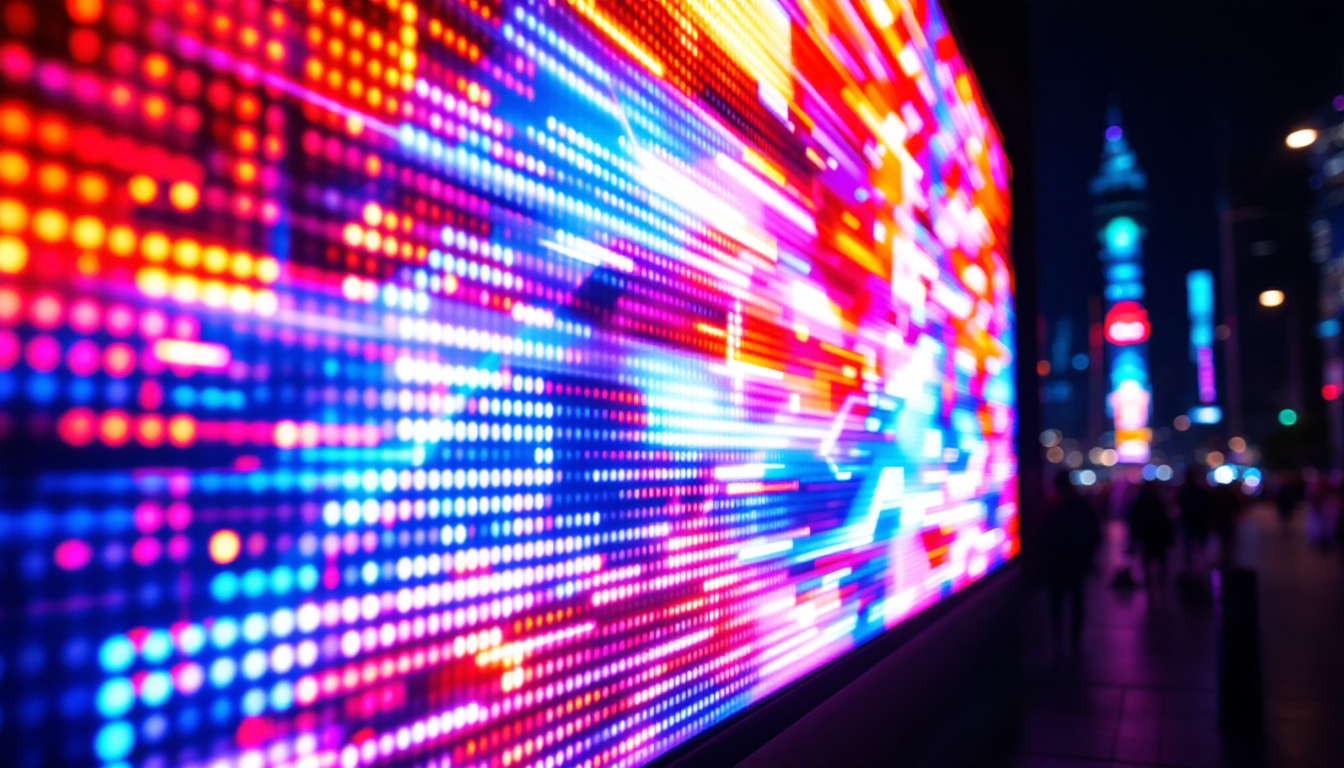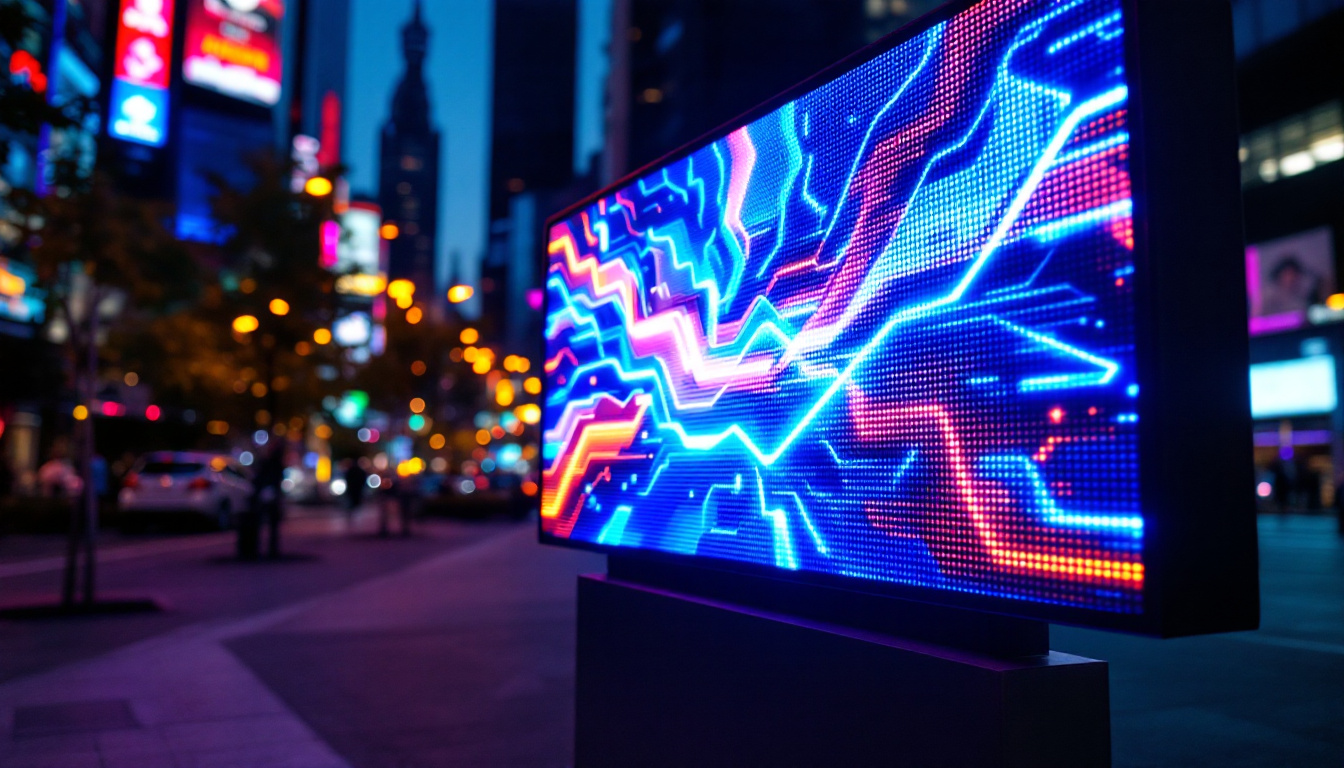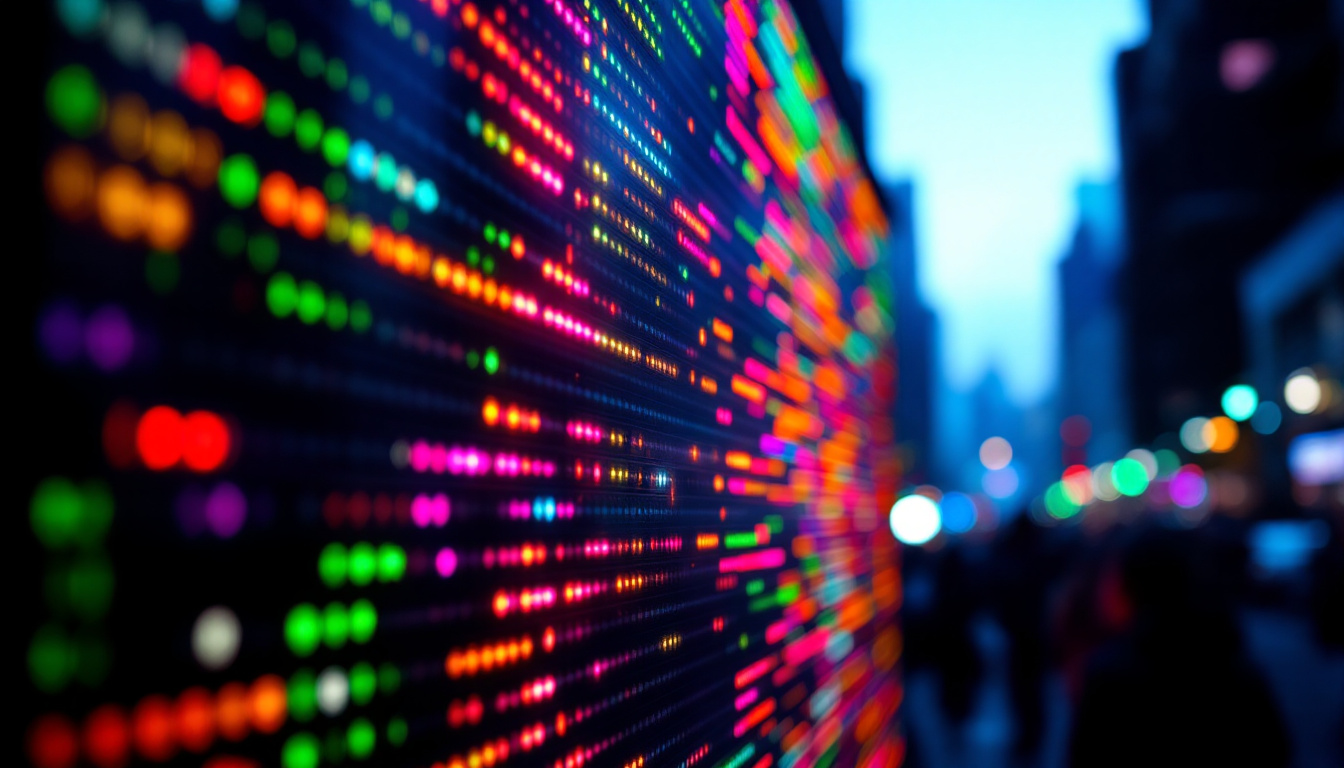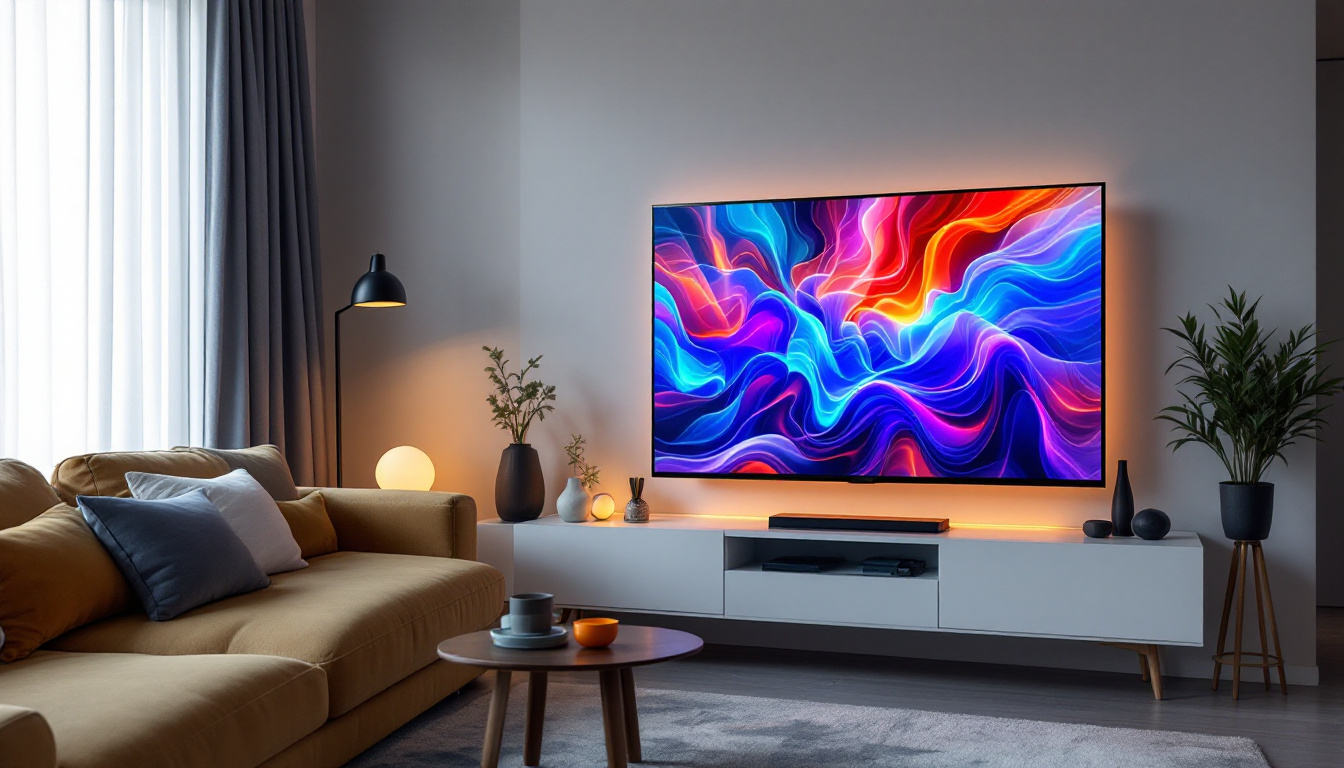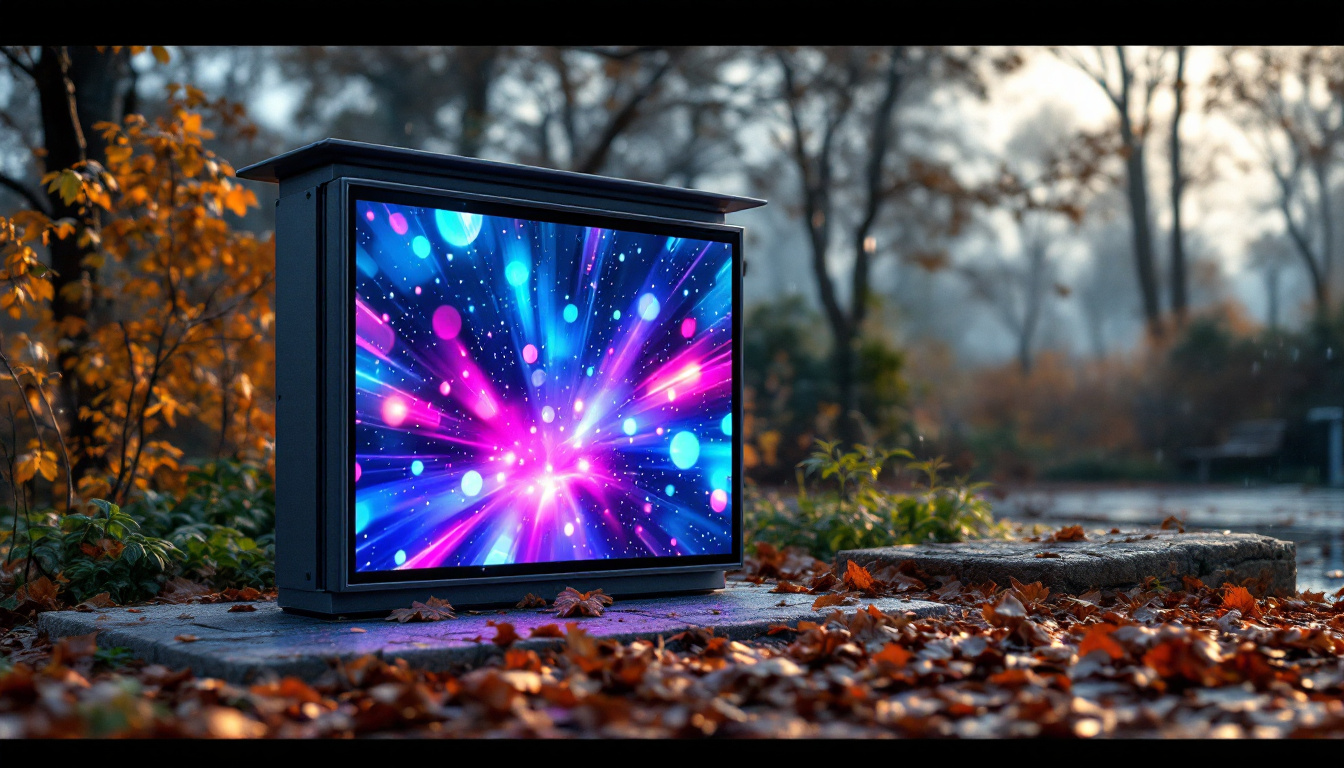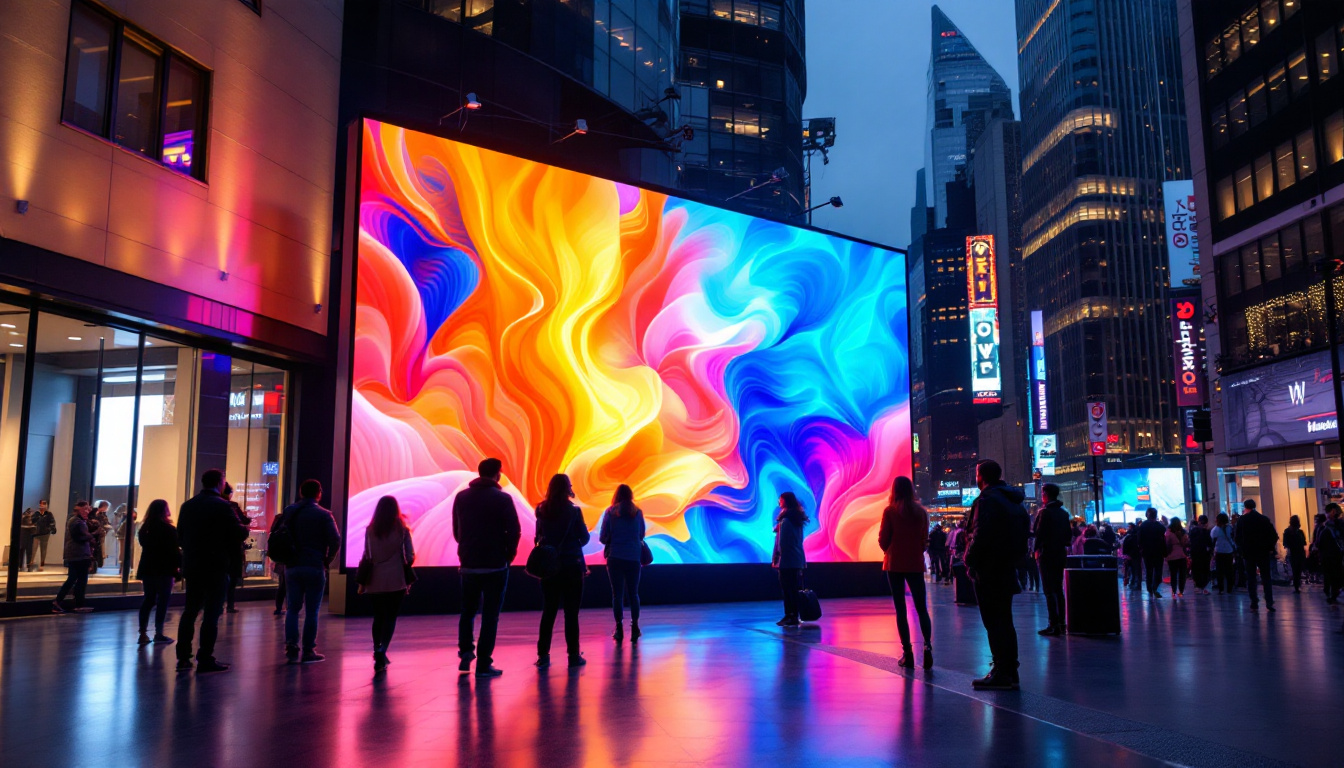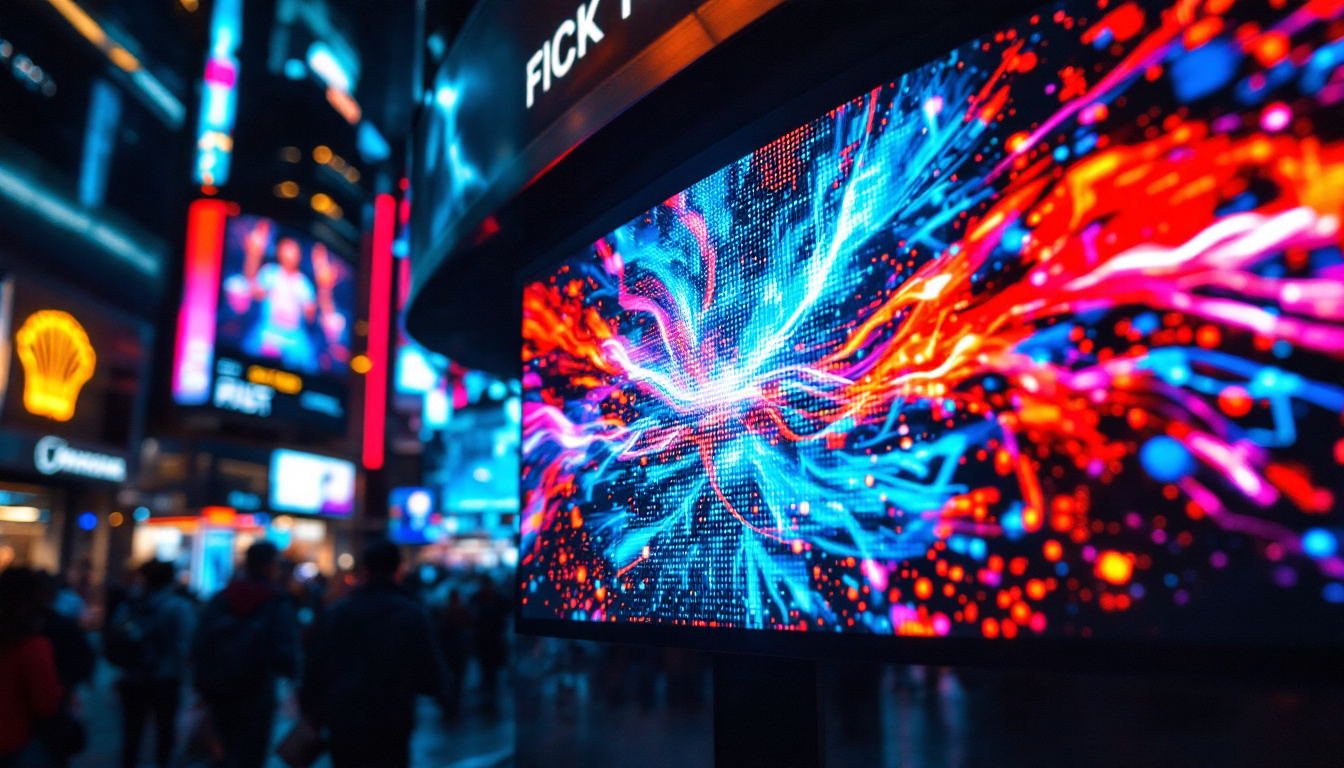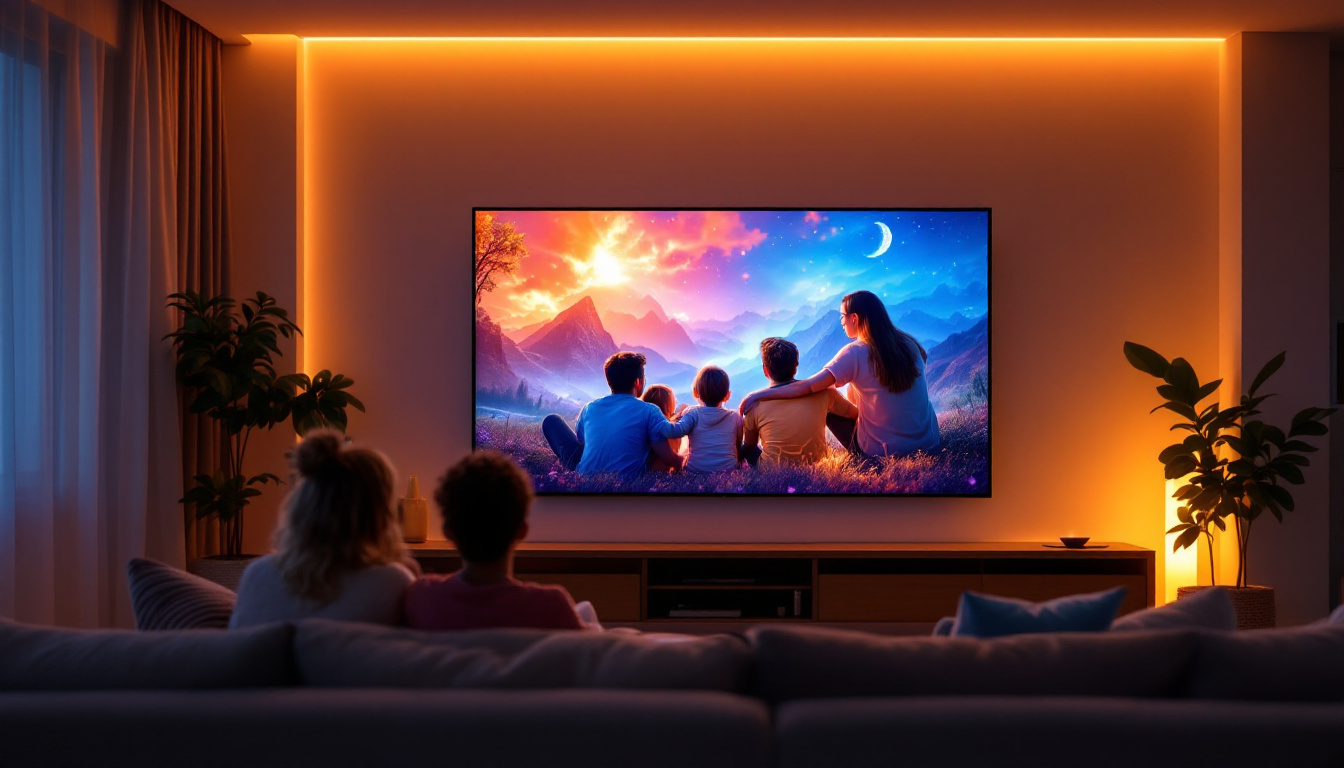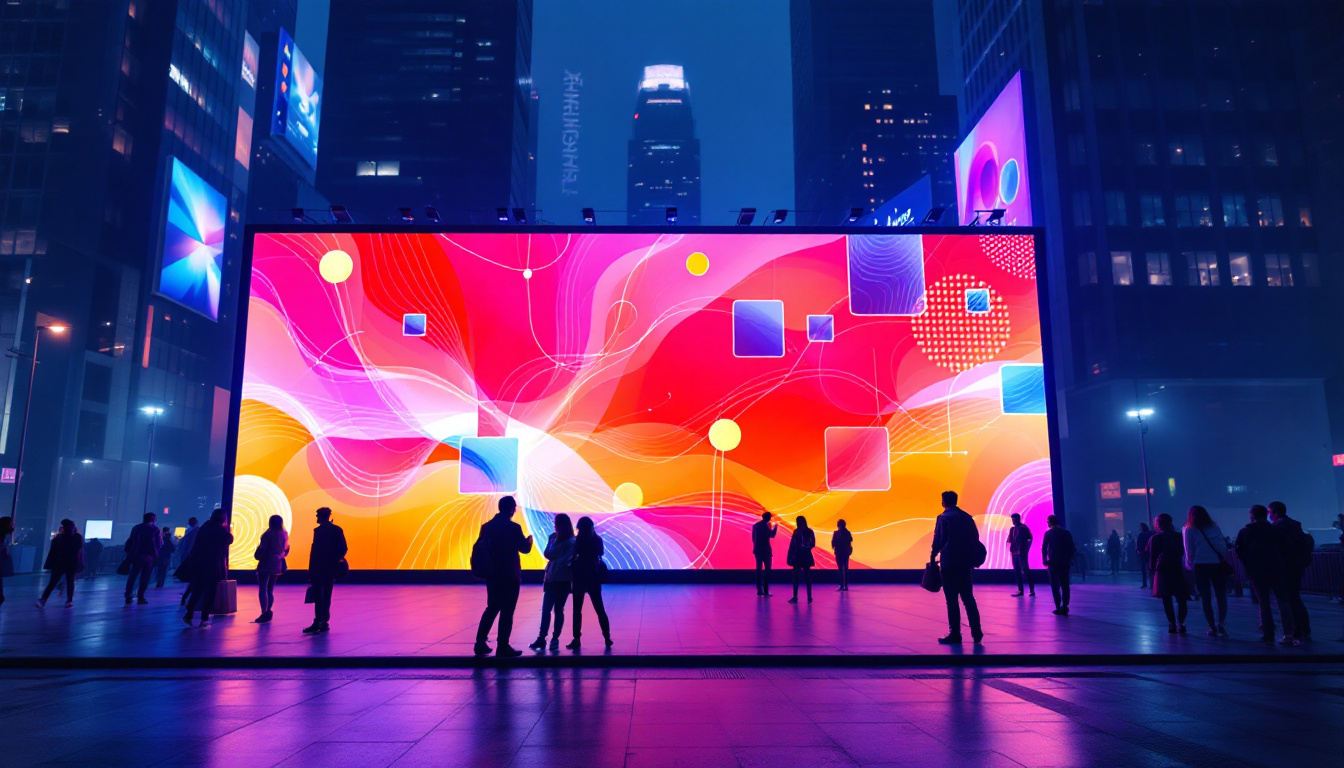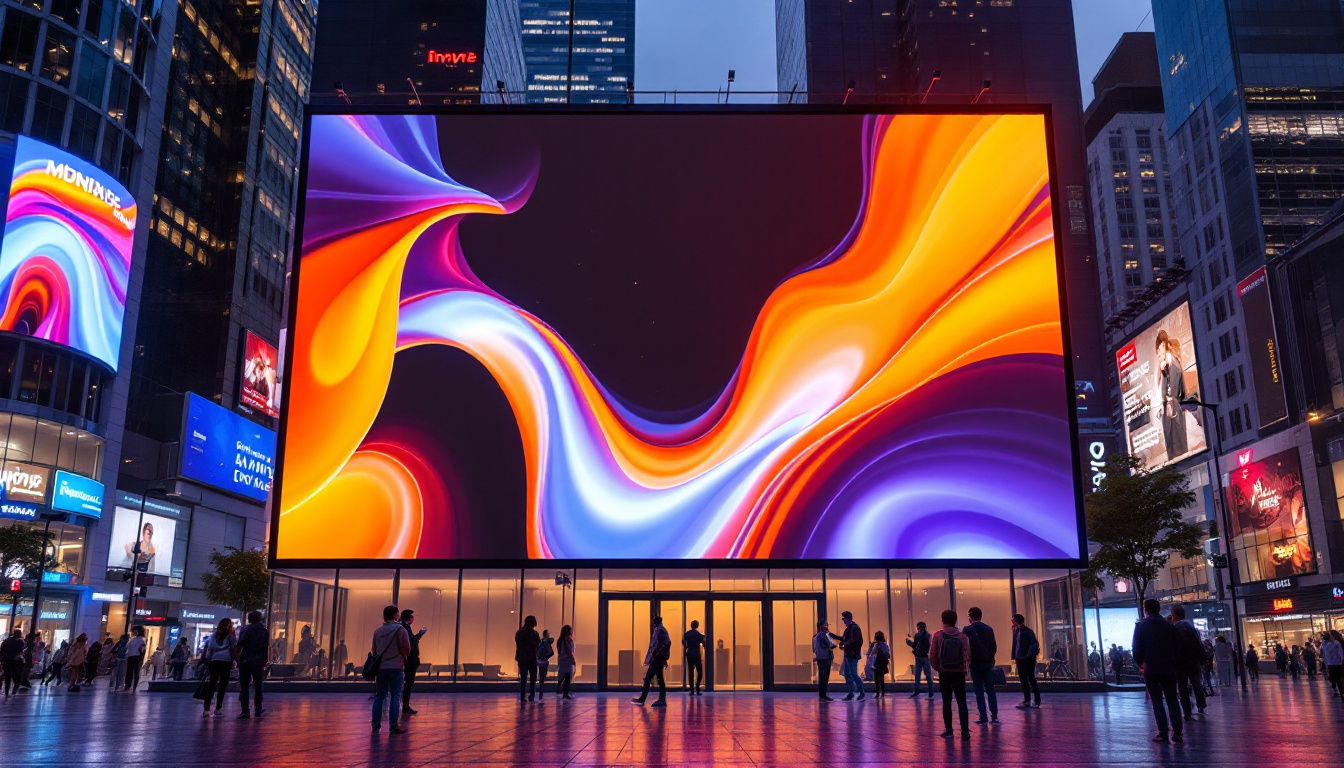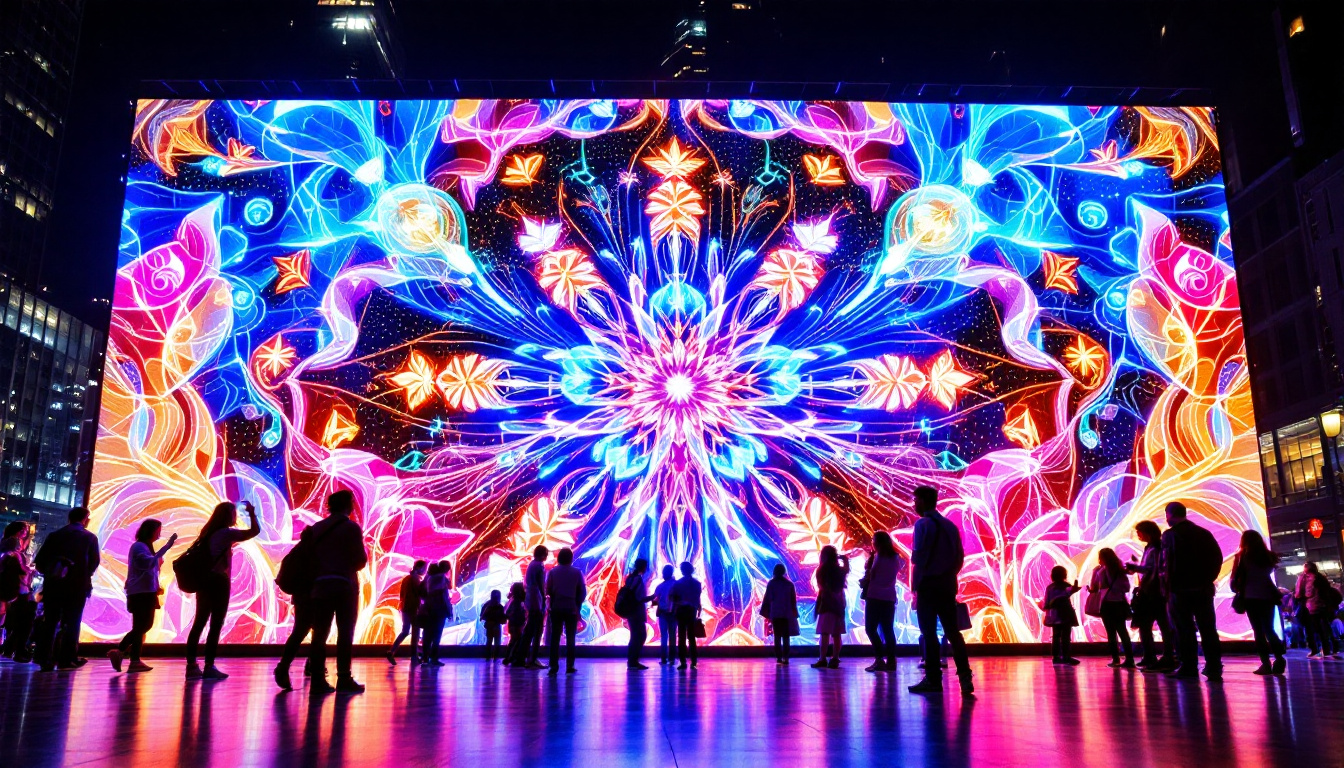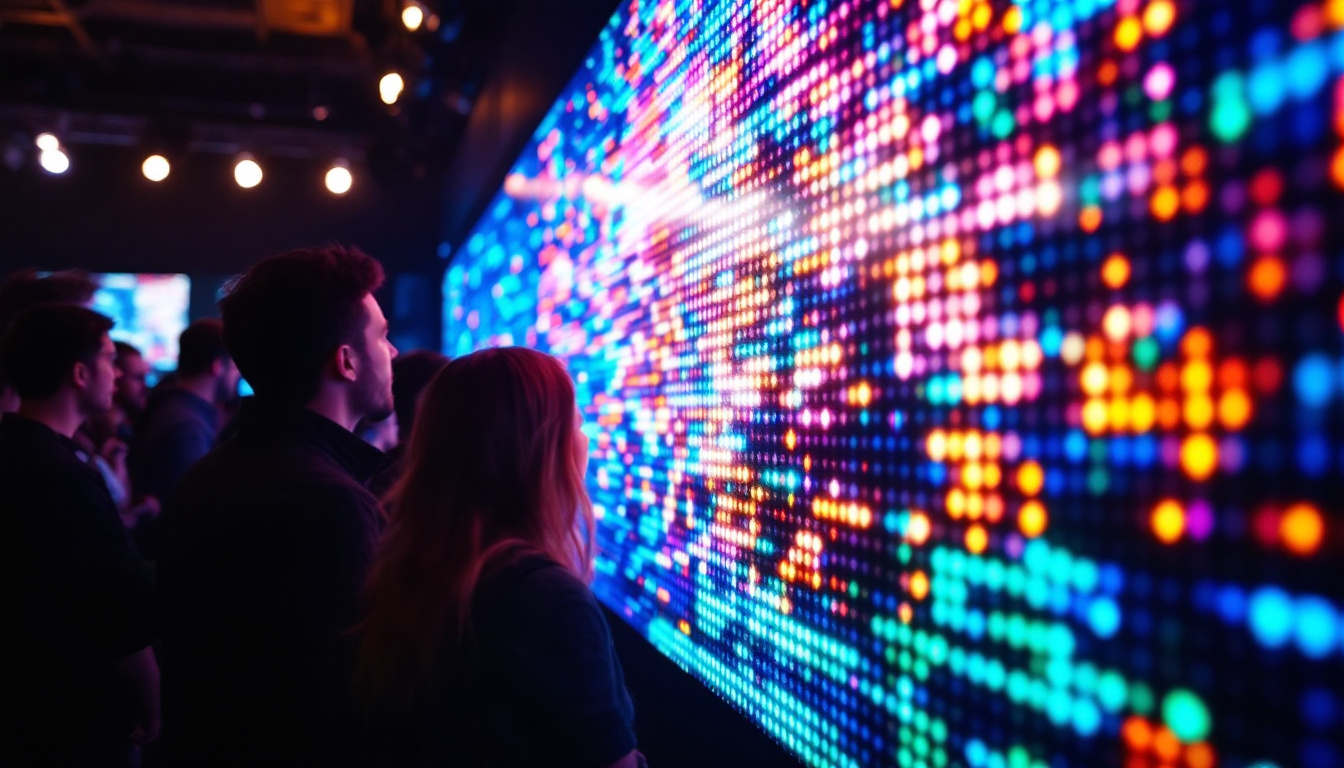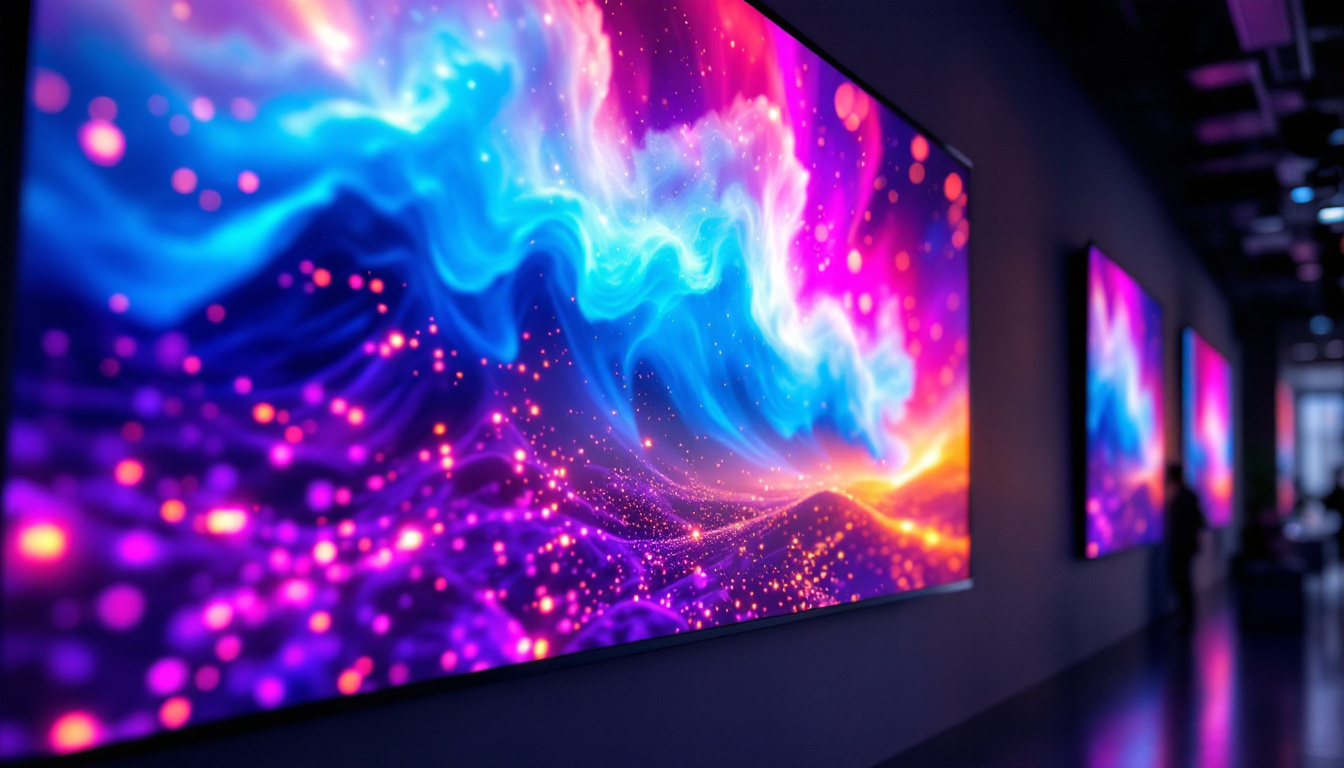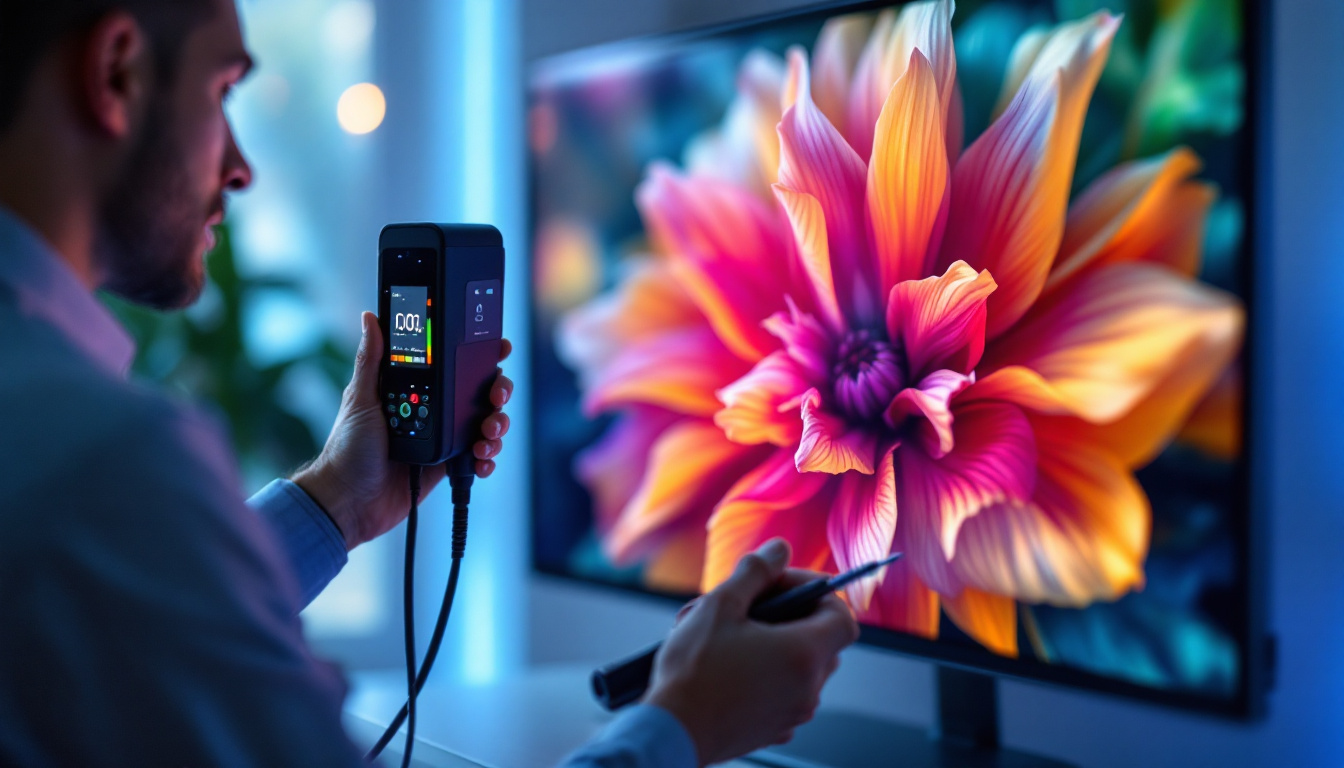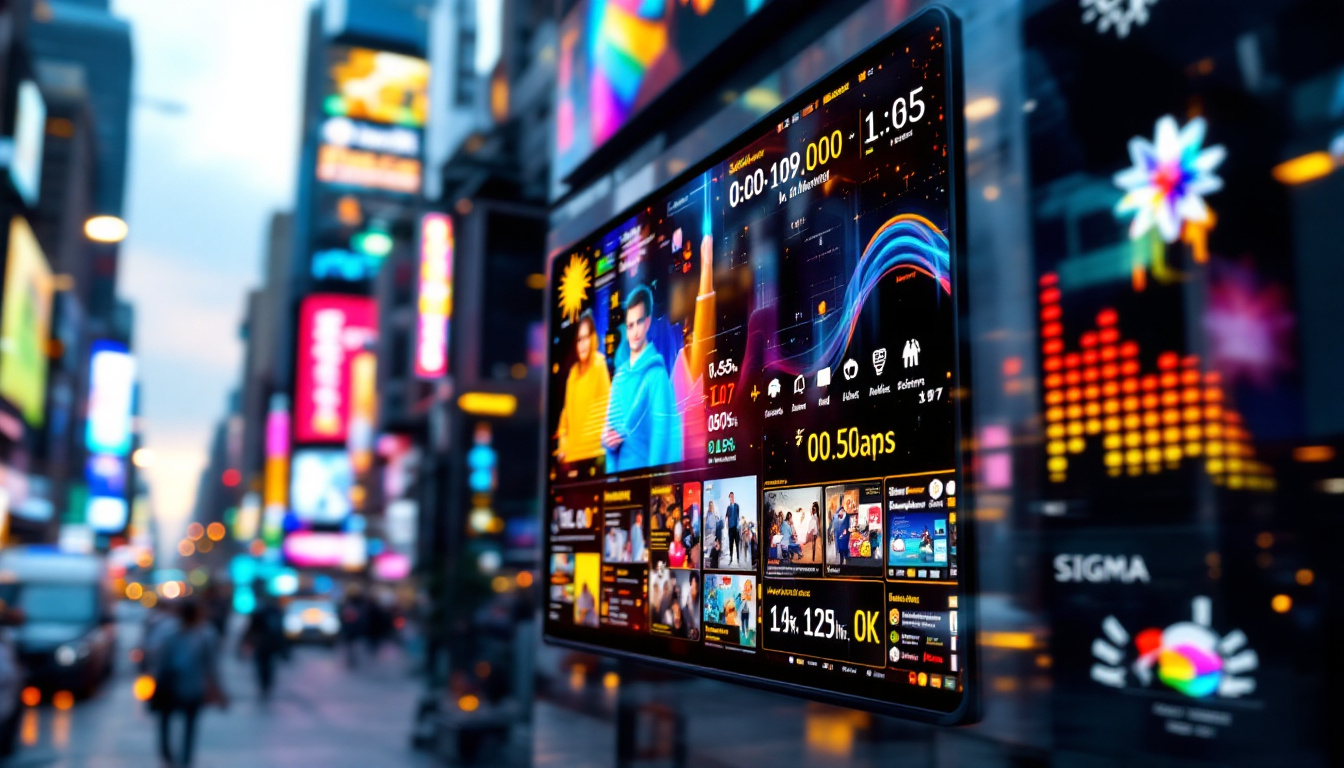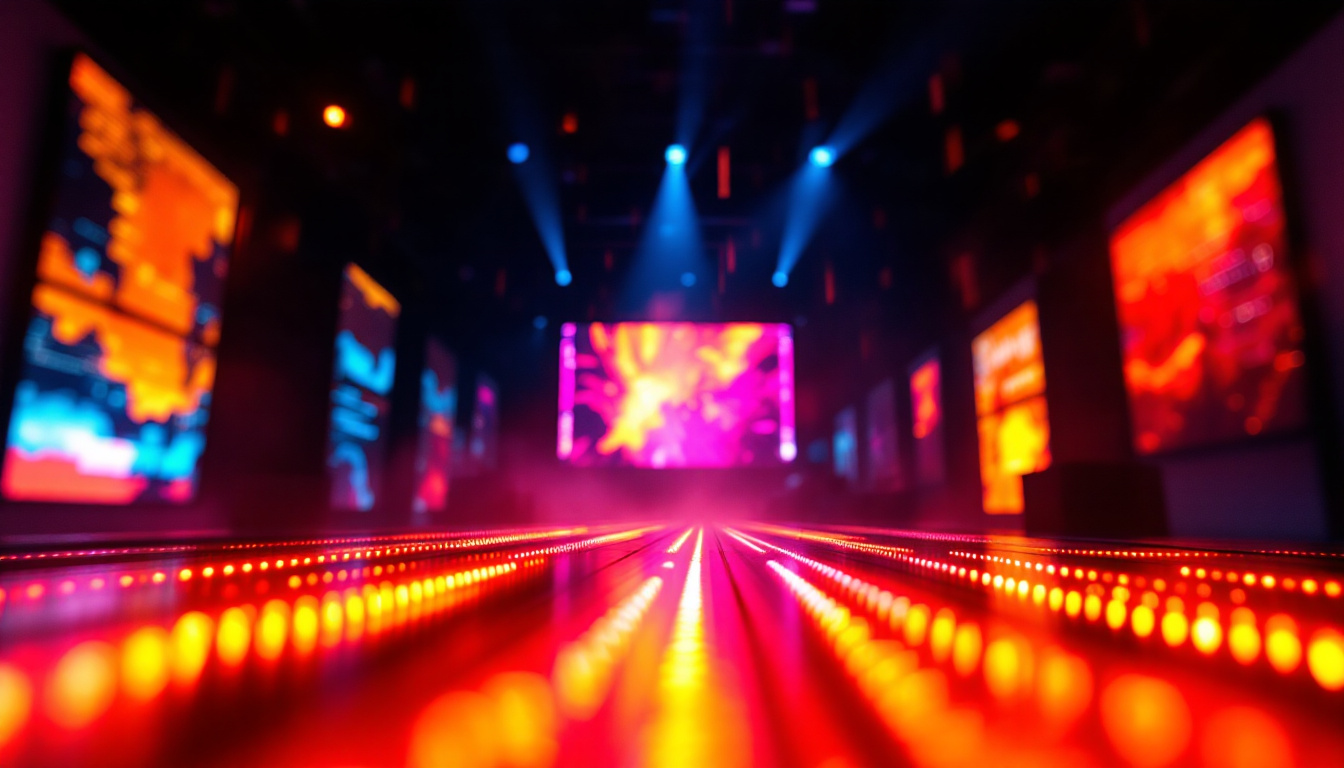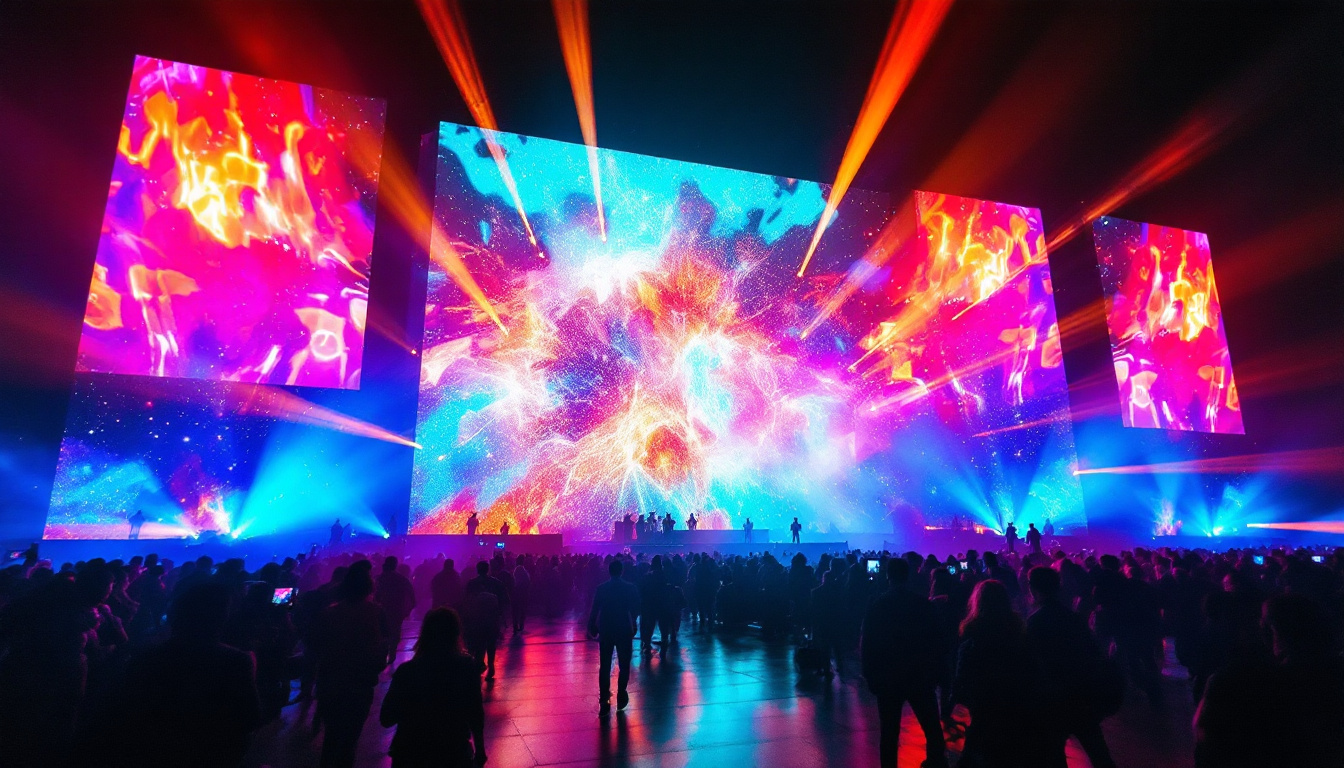In today’s fast-paced world, effective communication is essential for businesses and organizations. One of the most innovative and impactful ways to convey messages is through LED displays. These vibrant and dynamic screens have revolutionized the signage industry, providing a versatile platform for advertising, information sharing, and engagement. This article delves into the intricacies of LED displays, exploring their technology, applications, benefits, and future trends.
Understanding LED Technology
LED, or Light Emitting Diode, technology has transformed the way visual information is presented. Unlike traditional signage methods, LED displays utilize a matrix of tiny lights to create images and text. This technology not only enhances visibility but also allows for dynamic content that can be updated in real-time. The versatility of LED displays has made them a popular choice for various industries, from advertising to entertainment, and even in architectural lighting, where they can dramatically alter the ambiance of a space.
How LED Displays Work
At the core of LED displays are individual diodes that emit light when an electric current passes through them. These diodes are arranged in clusters, forming pixels that combine to create images. The more pixels an LED display has, the higher the resolution and clarity of the displayed content. This pixel density is measured in terms of pixel pitch, which refers to the distance between the centers of two adjacent pixels. A smaller pixel pitch results in a higher resolution, making the display suitable for closer viewing distances. Additionally, advancements in LED technology have led to the development of RGB (Red, Green, Blue) LEDs, which can produce a wide spectrum of colors, enhancing the overall visual experience.
LED displays can be classified into two main types: direct view and rear projection. Direct view LED displays are the most common, featuring a flat panel that shows images directly to the viewer. Rear projection displays, on the other hand, use a projector to display images on a screen, which is less common for signage but still has its applications in specific environments. The choice between these types often depends on factors such as space constraints, desired image quality, and the specific use case, whether it be for a high-energy concert or a corporate presentation.
Types of LED Displays
LED displays come in various forms, each tailored for specific applications. Some of the most popular types include:
- Indoor LED Displays: Designed for use in enclosed spaces, these displays often feature higher pixel densities to ensure clarity at close distances. They are commonly used in retail environments, conference rooms, and event venues. Their ability to showcase vibrant colors and sharp images makes them ideal for engaging audiences and enhancing the overall atmosphere of an event.
- Outdoor LED Displays: Built to withstand the elements, outdoor LED displays are typically larger and have lower pixel densities. They are ideal for billboards, stadiums, and public spaces where visibility from a distance is crucial. These displays are engineered to resist weather conditions such as rain, snow, and extreme temperatures, ensuring that the content remains visible and impactful regardless of the environment.
- Transparent LED Displays: These innovative displays allow for visibility through the screen while still providing vibrant content. They are often used in retail storefronts and exhibitions, creating an eye-catching effect. By merging digital content with the physical world, transparent LED displays can enhance product visibility while maintaining the aesthetic appeal of the space.
Another emerging type of LED display is the flexible LED screen, which can be bent and shaped to fit unique designs and applications. This flexibility opens up new possibilities for creative installations in art, architecture, and advertising, allowing for displays that can wrap around structures or create immersive environments. As technology continues to evolve, the potential applications for LED displays are virtually limitless, promising exciting developments in how we communicate visually.
Applications of LED Displays
The versatility of LED displays makes them suitable for a wide range of applications across various industries. From advertising to information dissemination, their uses are extensive and impactful.
Advertising and Marketing
One of the primary applications of LED displays is in advertising and marketing. Businesses leverage these screens to showcase promotions, new products, and brand messaging in a visually appealing manner. The ability to change content quickly allows advertisers to respond to trends and events in real-time, maximizing engagement and effectiveness.
Moreover, the brightness and clarity of LED displays ensure that messages are visible even in direct sunlight, making them ideal for outdoor advertising. This capability has led to a surge in digital billboards, which can attract more attention than traditional static signs.
Information and Wayfinding
LED displays are also widely used for information dissemination and wayfinding in public spaces. Airports, train stations, and shopping malls utilize these displays to provide real-time updates on schedules, directions, and important announcements. The dynamic nature of LED displays allows for the integration of live data, such as flight statuses or emergency alerts, ensuring that the information is current and relevant.
In corporate environments, LED displays can enhance internal communication by displaying key performance indicators, company news, and upcoming events. This fosters a sense of community and keeps employees informed and engaged.
Entertainment and Events
In the entertainment industry, LED displays have become a staple at concerts, festivals, and sporting events. They are used to create immersive experiences, enhancing the visual appeal of performances and allowing for dynamic stage designs. Large LED screens can display live feeds, graphics, and animations, captivating audiences and elevating the overall experience.
Additionally, LED displays are often used in theme parks and attractions, where they can create engaging environments and interactive experiences for visitors.
Benefits of LED Displays
The adoption of LED displays offers numerous advantages over traditional signage methods. These benefits contribute to their growing popularity across various sectors.
Energy Efficiency
One of the most significant benefits of LED displays is their energy efficiency. Compared to traditional incandescent or fluorescent lighting, LED technology consumes significantly less power. This not only reduces operational costs but also minimizes the environmental impact, making LED displays a more sustainable choice for businesses.
Longevity and Durability
LED displays are designed to last, with a lifespan that can exceed 100,000 hours. This longevity means that businesses can invest in LED technology without the frequent replacement costs associated with traditional signage. Additionally, LED displays are more durable and resistant to damage from impacts and weather conditions, particularly outdoor models.
High Visibility and Versatility
The brightness and clarity of LED displays ensure that content remains visible in various lighting conditions, including bright sunlight. This high visibility is crucial for outdoor applications, where competition for attention is fierce. Furthermore, the versatility of LED displays allows for a wide range of content, from static images to dynamic video, enabling businesses to tailor their messaging to their target audience effectively.
Challenges and Considerations
While LED displays offer numerous benefits, there are also challenges and considerations that businesses must address when implementing this technology.
Initial Investment Costs
The initial investment for LED displays can be substantial, particularly for high-quality models with advanced features. Businesses must weigh the upfront costs against the long-term savings and benefits to determine if the investment is worthwhile. However, as technology advances and competition increases, prices for LED displays have been steadily decreasing, making them more accessible to a wider range of businesses.
Content Management
Effective content management is crucial for maximizing the impact of LED displays. Businesses need to develop a strategy for creating, scheduling, and updating content regularly. This may require dedicated personnel or software solutions to ensure that the displays are utilized to their full potential. Additionally, the content must be engaging and relevant to capture the attention of viewers.
Technical Expertise
Implementing and maintaining LED displays may require technical expertise, particularly for larger installations or complex configurations. Businesses may need to invest in training staff or hiring external professionals to ensure that the displays function optimally and that any issues are resolved promptly.
The Future of LED Displays
The future of LED displays looks promising, with ongoing advancements in technology and design. As businesses continue to seek innovative ways to engage their audiences, LED displays will play a central role in shaping the future of signage.
Advancements in Technology
Emerging technologies, such as OLED and microLED, are set to enhance the capabilities of LED displays further. These technologies offer improved color accuracy, contrast ratios, and flexibility in design, allowing for even more creative applications. For instance, flexible LED screens can be bent and shaped to fit unique environments, opening up new possibilities for signage.
Integration with Smart Technology
The integration of LED displays with smart technology is another trend on the horizon. As the Internet of Things (IoT) continues to expand, LED displays can be connected to various data sources, enabling real-time updates and personalized content delivery. This integration can enhance customer experiences and improve operational efficiency for businesses.
Environmental Considerations
As sustainability becomes increasingly important, the signage industry is also focusing on environmentally friendly practices. The development of recyclable materials for LED displays and energy-efficient manufacturing processes will contribute to a more sustainable future. Businesses that prioritize eco-friendly solutions will not only reduce their environmental impact but also appeal to environmentally conscious consumers.
Conclusion
LED displays have transformed the landscape of signage, offering businesses a dynamic and engaging way to communicate with their audiences. With their energy efficiency, durability, and versatility, LED displays are becoming an essential tool for advertising, information dissemination, and enhancing customer experiences. As technology continues to evolve, the potential applications and benefits of LED displays will only expand, making them a critical component of modern communication strategies.
In an era where attention is fleeting, investing in LED displays can provide businesses with a competitive edge, allowing them to stand out in a crowded marketplace. By embracing this technology, organizations can effectively convey their messages, engage their audiences, and pave the way for future innovations in signage.
Discover LumenMatrix LED Display Solutions
Ready to elevate your visual communication and stand out in the digital landscape? Explore LumenMatrix’s comprehensive range of LED display solutions tailored to meet your unique needs. From Indoor and Outdoor LED Wall Displays to specialized options like Vehicle, Sports, and Floor LED Displays, LumenMatrix is at the forefront of creating immersive and engaging experiences. Embrace the future of signage with our Custom, All-in-One, and Transparent LED Displays. Check out LumenMatrix LED Display Solutions today and transform your brand’s visibility with cutting-edge technology.

